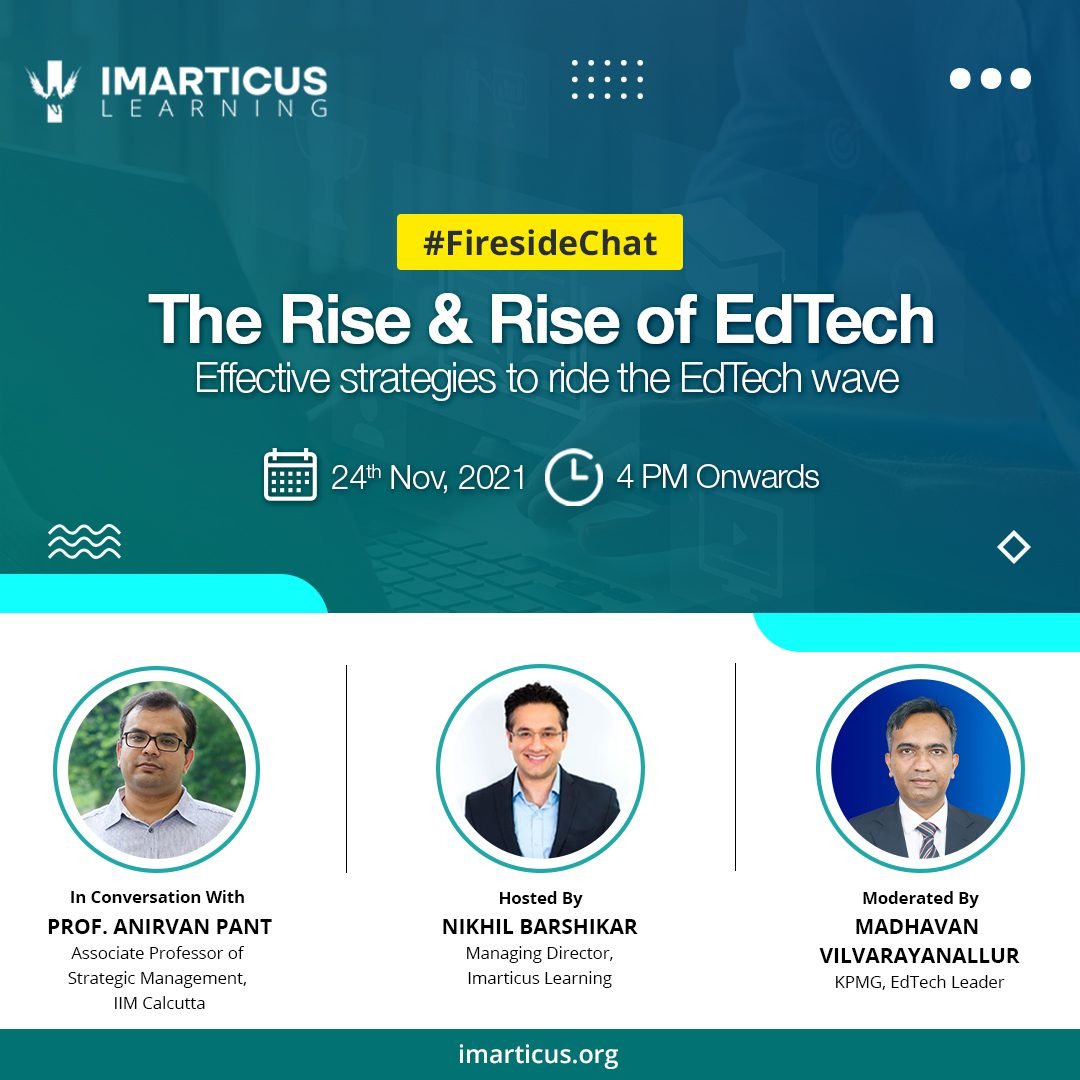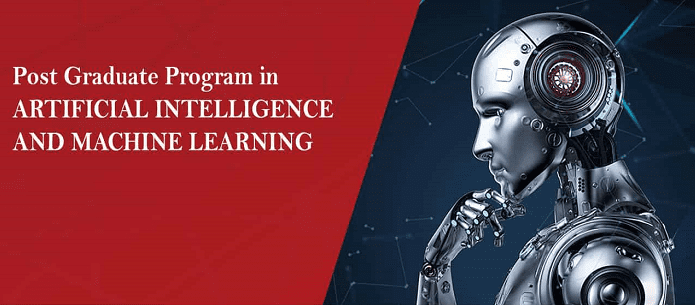If you’re searching for business analyst interview questions then you could be an interviewer or interviewee. But no matter which side of the table you are the interview itself is your chance to evaluate the answers of each other. Do not be nervous and try to stay calm, positive and genial throughout.
Business Analyst General Interview Questions
One should expect the interviewer will test your knowledge based on your resume and facts stated in them, your solutions in hypothetical situations and Agile related questions where the answers are likely to be based on your applications of Agile to BA situations like macroeconomics, fiscal policies, your ability to work on the team and your ability to creatively resolve tricky issues. General questions may have no right answer. These business analyst interview questions assess your soft skills and interpersonal communication skills.
Some of these are
- Lead me through your resume.
- What is your best positive feature or worst negative feature?
- How would you measure BA success?
- Would you like to ask us any questions?
In all your answers be brief, keep your answers simple, answer with spontaneity and honesty. Facts are easily verifiable and deceptively simple to answer wrongly.
Business Analyst Technical Interview Questions
- Explain differences between the Business Requirements, Functional Requirements and Technical Requirements documents.
A BRD explains the business requirements. An FRD explains how business requirements can be achieved. A TRD explains how the Technical Designer requirements will be met. This trick question is not just about the answer but tests your Agile knowledge and application of the acronym to the Backlog list and other concepts in Agile from traditional and Agile perspectives. - Where is PESTLE used?
The PESTLE BA tool acronym expansion is Political, Economic, Sociological, Technological, Environmental, Legal environments assessed for opportunities, pressures and constraints. - What are “Porter’s 5 Forces”?
The framework is used to analyze competition levels in an industry, product substitutes, rivalry, new entrant’s threat and such factors for assessing competitiveness to influence organizational strategy. It was built and named after Harvard’s Prof. Porter. - Explain Use Case Model.
The Use Case model uses case descriptions and a step-by-step use case diagram to define the processes, role of actors and areas of the story. - What does “Swim Lane” diagram mean to you?
Using swim lanes is a widely used best practice in modelling techniques of processes showing the trigger for a specific event and the task sequences performed by a particular actor in the Use Case model. - Tell us your definition of User Story.
A User Story is used by Agile teams and is a format requirement from the user point of view got from Extreme Programming with the format:
As a <user role>, I want
<requirement> so that
<business value> - What is INVEST?
The acronym expansion is Independent, Negotiable, Valuable, Estimable, Sized Appropriately and Testable. It checks the User Story effectiveness and uses it as a criterion for building them. - Explain “Usability”.
Usability is about the qualities that are end-user suitable. It is about the right system functionality and the user interface. The UX-user experience is the ultimate measure focused on. - Explain non-functional and functional requirements:
Functional Requirements are those that the solution will do or allow users to do. Non-functional requirements are “Quality Characteristics” like compatibility, security, performance etc, that measure how well the system behaves against the standards set for it and are essential to the system. - Tell us about Kano Analysis:
The Kano model explains customer satisfaction applied to the theory of product development by Professor Noriaki Kano in the 1980s. Customer preferences are put into five categories namely exciters, satisfiers, dissatisfiers or the wow, will and want factors. The model focuses on customer needs and tries to cash-in on perceived product features differentiated for product and marketing analysis. - Explain MoSCoW prioritization briefly:
MoSCoW stands for the acronym used in Agile approaches for requirements prioritized on a time-dependent scale in the DSDM Agile Project Framework.
• Must Have
• Should Have
• Could Have
• Won’t Have this time
Use these business analyst interview questions as a reference and work on your own questions if you were in the interviewer’s shoes.
Interviews need one to be thoroughly knowledgeable on topics related to business analysis, Agile framework and market conditions. One should use creativity in answering business analyst interview questions. Most of the questions tend to test knowledge, attributes of soft-skills, interpersonal communication skills and technical subject knowledge.
Did you know that the Agile and business analyst courses at Imarticus Learning offer mock interviews, assured placements, and soft-skill development too as part of their course learning? Why wait then? Join today!
Also Read: Top 25 Agile Interview Questions





